Quick Hits
- Saturday’s MLS Cup features the league’s two best teams: Los Angeles FC and the Philadelphia Union
- Using footage from a tactical camera angle, we can learn more about these two teams before they fight for a trophy this weekend
Do you want to know what one of my biggest soccer pet peeves is? No? You don’t care? Well, I’m going to tell you anyway. It’s when cameras zoom in way too far during a game.
I’m just watching the game and minding my own business when BAM, all of a sudden I can’t see anything but a couple of players, the ball, and a few square feet of grass. Look, I’m not opposed to a tasteful zoom now and then. But more often than not, I’d prefer to see more of the action, not less of it. With that in mind, I’d like to give a special shoutout to Second Spectrum, MLS’ tracking data partner, for recording games from a tactical camera angle.
They have normal camera angles, too, but I’m always intrigued by a good bird’s-eye view.
So while everybody and their mother are churning out MLS Cup previews ahead of Saturday’s matchup between Los Angeles FC and the Philadelphia Union, I am, uh, also doing that. But! This preview involves a cool camera angle and some analysis that I’m confident you won’t see anywhere else.
Today, we’re searching for what the tactical camera angle (and some stats) tell us about LAFC and the Union. Let’s get to it.
All stats from Second Spectrum unless otherwise noted.
ACOSTA, CIFUENTES ARE KEY TO LAFC’S PRESS
You can see some of their defensive movements on a standard broadcast, but when you dig through the tactical camera footage, you get an even greater appreciation for LAFC’s No. 8s.
Kellyn Acosta and Jose Cifuentes move and shift and drop and step all the time when they’re high up the field in Steve Cherundolo’s 4-3-3 press or even when they’re back in more of a mid-block. With almost the whole field in view, you can see just how much ground they have to cover and how precise their movements have to be to funnel their opponents into the right spots.
Just look at this clip of LAFC’s press against FC Dallas from earlier this year. Cifuentes sprints out wide to close down the receiver, then steps back inside to discourage a central pass before closing down out wide again and putting the ball out of bounds.
Jose Cifuentes is everywhere. His mobility is such an asset for LAFC in central midfield. pic.twitter.com/F5Fxu3ygaw
— Joseph Lowery (@joeclowery) November 1, 2022
Cifuentes and Acosta pressure the ball more often than any of their teammates (who also press a lot, given that LAFC are fifth in the league in pressures in the final third this year). How those two No. 8s close down the Philadelphia Union’s diamond midfield and deal with second balls could have a big impact on Saturday’s game.
GAZDAG’S SPIN ON THE NO. 10 SPOT
Daniel Gazdag has been one of the best attacking midfielders in MLS this year, scoring 22 goals and racking up some strong underlying numbers along the way.
Gazdag isn’t this classic, free-wheeling, creative No. 10, though. No, he’s a Philadelphia Union No. 10. He’s in your face. He’s pressuring you. He’s…already in behind your backline and taking a shot on goal. Gazdag’s biggest asset is his ability to see space in the box and to move into that space at just the right moment. He’s in the 95th percentile in runs per game and in the 96th percentile in runs per game on possessions that end with a shot.
Gazdag doesn’t just run. He runs with purpose. And more often than opposing defenses would like, his runs end with the ball in the back of the net. Take this clip of Philly’s game against LAFC from back in May. The tactics cam gives us a great look at Gazdag’s run, which starts six yards past the halfway line. The Hungarian international sees his lane, stays in it, and finishes inside the six-yard box.
Daniel Gazdag isn't your classic, free-wheeling No. 10. So what is he?
— Joseph Lowery (@joeclowery) November 1, 2022
Well, he's one of the best off-ball runners in MLS.
His ability to see and move into space at just the right moment makes it almost impossible to bury the Union. pic.twitter.com/lHHDPFeyMx
If LAFC aren’t constantly aware of Gazdag and his movement off the ball, it’s going to be a good day for the Union.
LOSE THE BALL AT YOUR OWN RISK
Let me tell you a couple of things about how LAFC and the Philadelphia Union approach playing soccer games. The mechanics are different, but both teams love to…
- Force turnovers
- Run right down your throat and create chances off of those turnovers
LAFC are fifth in the league in turnovers forced per game and the Philadelphia Union are sixth in the league in that same metric. Like I said, these two teams love to force turnovers. Once they win the ball, they’re the two absolute best teams in MLS when it comes to creating chances in transition. LAFC generate 0.80 xG per 90 minutes against transitioning defenses (best in MLS) and the Union generate 0.66 (second in MLS).
The two clips down below are pretty good examples of what I mean when I say that “the mechanics are different” for LAFC and Philadelphia, even if the outcome is so often the same. Let’s look at the Union first.
If you give Jim Curtin’s team a chance to run right through you, they’re going to run right through you. They’re relatively comfortable ceding space and letting you possess the ball in low-value areas before pouncing, winning the ball, and taking it the other way. That’s exactly what happens here: Orlando City have the ball, Philly take it away, Orlando can’t be bothered to counter press, and the Union go down and score.
If you give Jim Curtin’s team a chance to run right through you, they’re going to run right through you.
— Joseph Lowery (@joeclowery) November 1, 2022
So don't lose the ball if you can avoid it. And if you can't avoid it, don't, uh, don't do whatever Orlando City do here. pic.twitter.com/zsR6VcOc0y
Simple. Direct. Effective. If you leave space for the ball carrier, space in front of your backline, space behind your backline, or space pretty much anywhere else, Philadelphia have the tools to move into it and beat you.
LAFC are happy to go direct, too, don’t get me wrong. But they also have the finesse to pull off sequences like this one after forcing a turnover. On this play against the Los Angeles Galaxy, Cifuentes wins the ball (after giving it up, but hey, we all make mistakes), and then LAFC go to work. They go side-to-side, break lines, and capitalize in the box.
LAFC's work with the ball right after they win it is second to none in MLS.
— Joseph Lowery (@joeclowery) November 1, 2022
They create more chances against transitioning defenses than any team in the league - and they create those chances with style. pic.twitter.com/Srj0Wgmw3G
It won’t be so easy for LAFC to pull the Philadelphia Union apart, just like it won’t be so easy for the Union to play through LAFC. There’s no doubt about it, though: each team is fully capable of punishing the other’s mistakes. I, for one, can’t wait to see who bends and who breaks on Saturday.


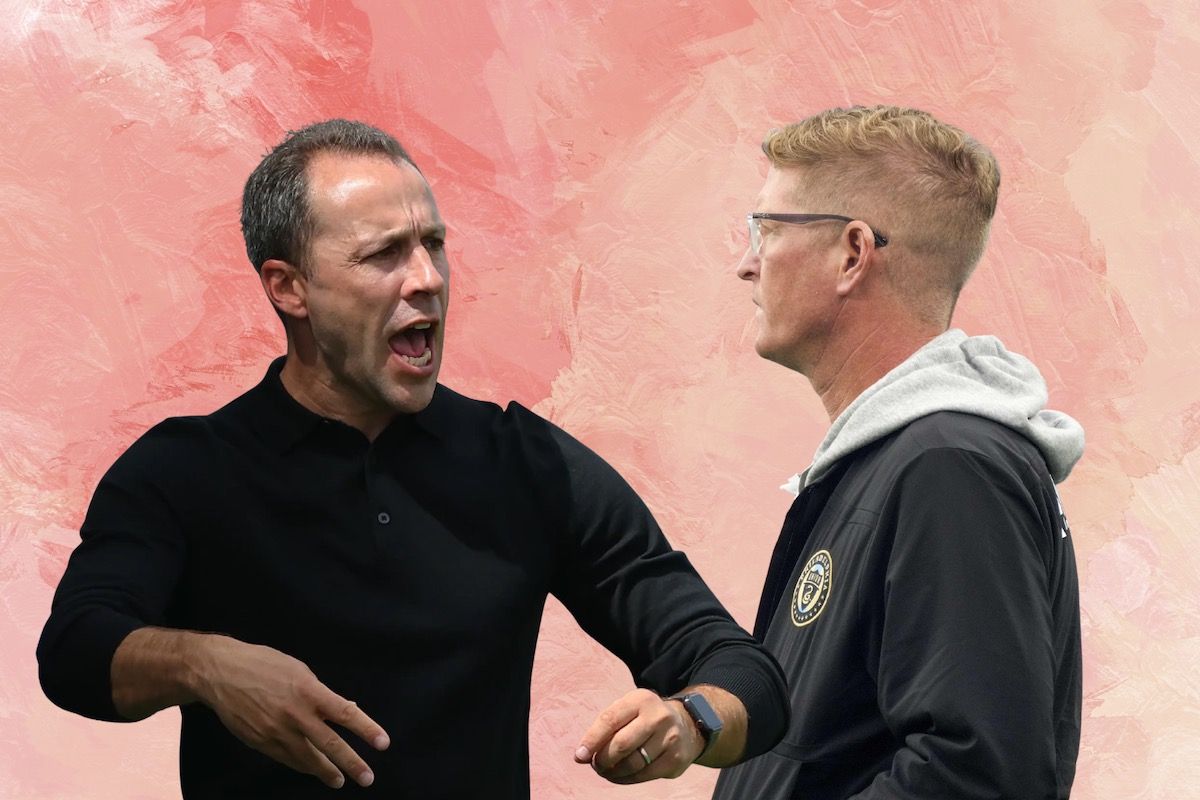
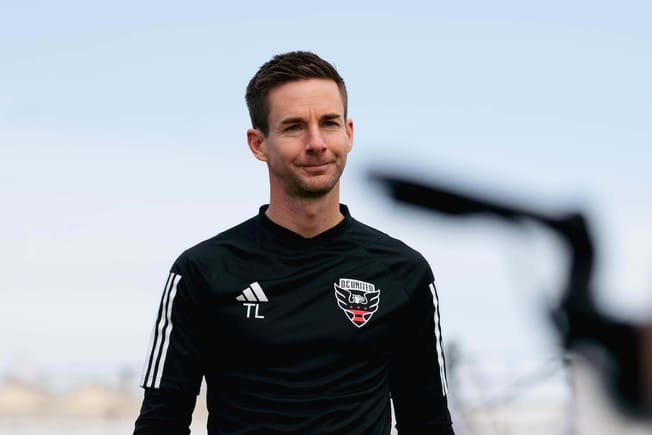
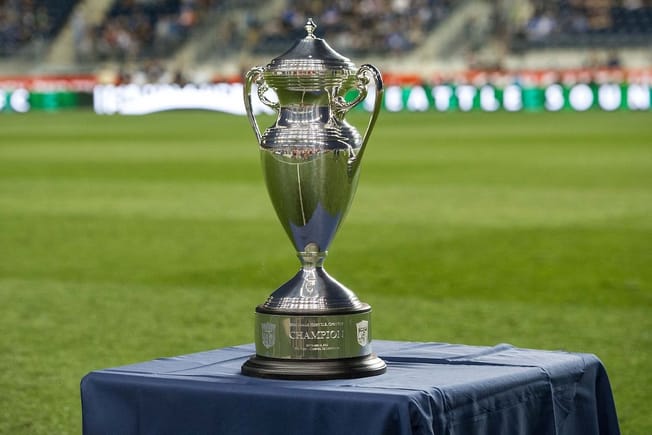
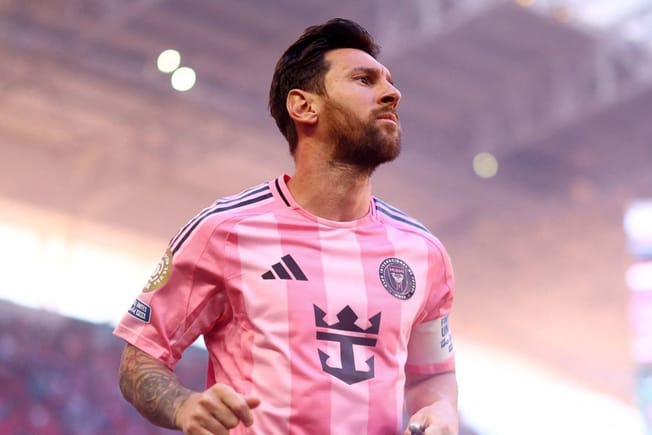
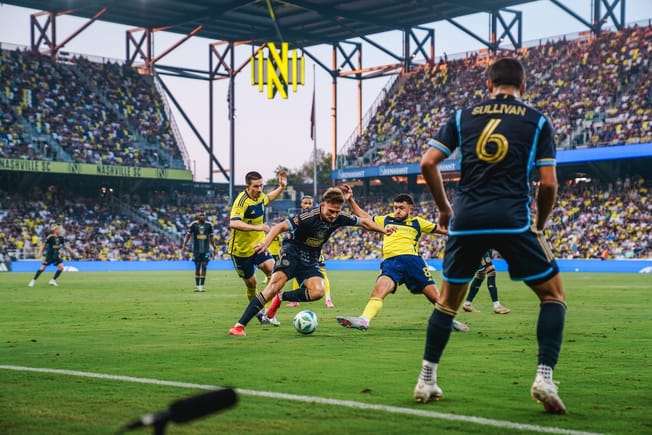
Comments